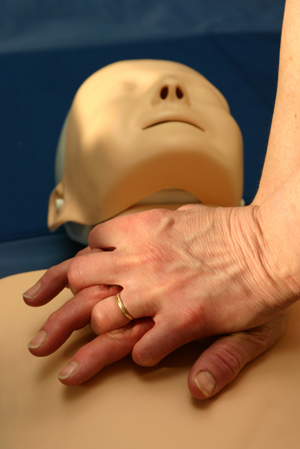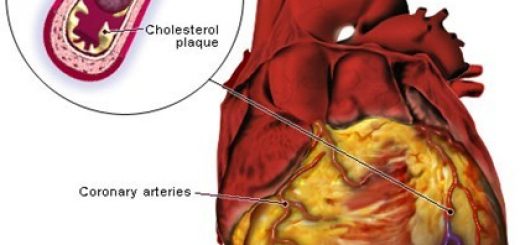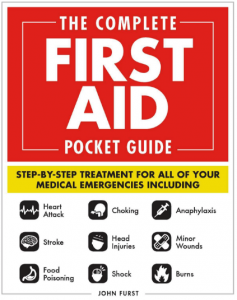How do chest compressions work?
 Chest compressions are the most important component of Cardiopulmonary Resuscitation (CPR), but how exactly do they work?
Chest compressions are the most important component of Cardiopulmonary Resuscitation (CPR), but how exactly do they work?
When someone suffers a cardiac arrest the heart stops pumping blood around the body. Blood carries oxygen which is vital for cells and tissues to survive.
Without a constant supply of oxygen, cells will quickly die. Brain cells are very sensitive and will start to die after 3 – 4 minutes of no oxygen.
Chest compressions work by manually compressing the chest which squeezes the heart and pushes blood around the body.
By performing chest compressions you are basically taking over the job of the person’s heart (which has stopped). The purpose is to keep the brain and vital organs supplied with oxygen until further medical help and a defibrillator arrives.
Chest compressions should be performed at a rate of 100 – 120 per minute with each compression being 5 – 6cm deep. This is required in order to build up the pressure to pump blood around the victims body.





